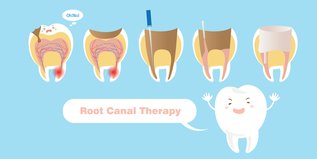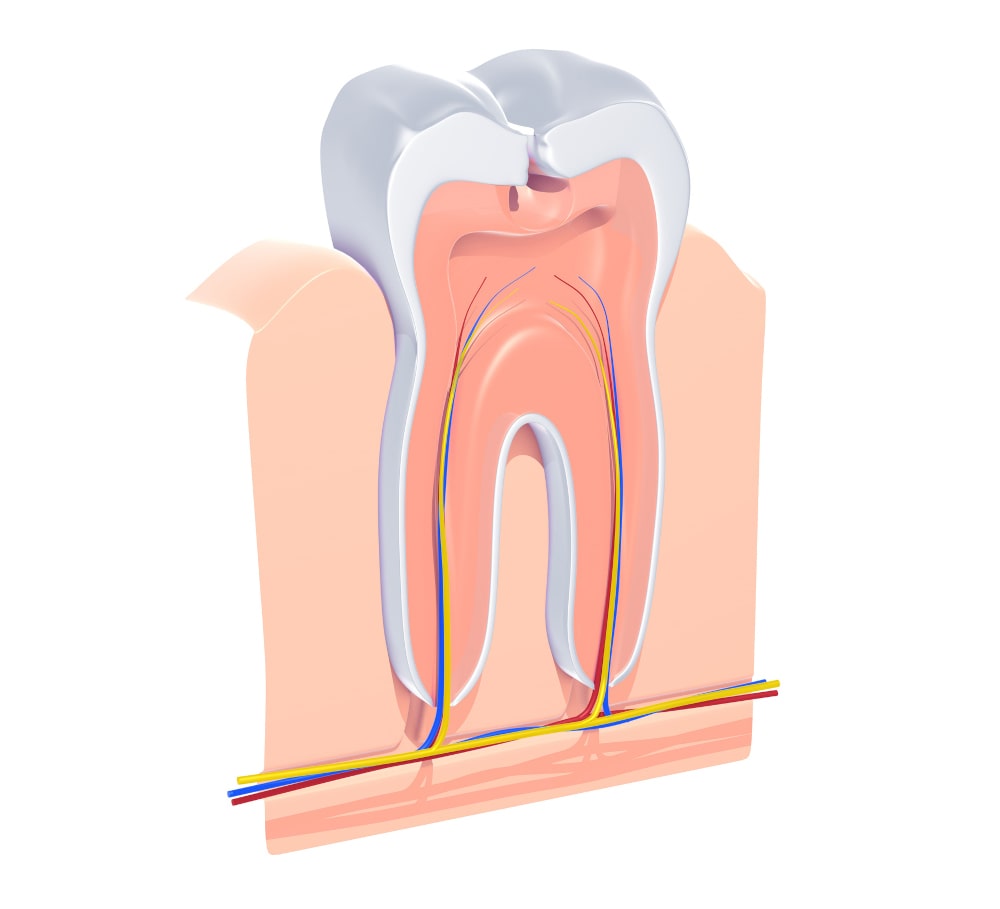
8 Important Reasons Why You Should Have That Root Canal Done Now
Endodontic therapy is the most practical solution when you have any issue involving tooth pulp. In the best-case scenario, the fact that your dentist is recommending some sort of root canal treatment indicates that the tooth is worth saving. If your dentist wants to do a root canal, there are plenty of good reasons to set up a date and time for the procedure. Here are some examples that you want to keep in mind.
Your Tooth is Infected
What causes you to need a root canal? There are several situations that can lead to your dentist recommending a root canal rather than an extraction or some other approach. In your case, the issue can be corrected using a root canal.
The good news is that choosing this solution helps to resolve a problem that is present with many of those causes: an infection in the tooth pulp. Simply put, the basic root canal treatment steps are designed to allow the dentist to reach the pulp, remove any portion that’s infected, and prevent the infection from spreading.
This also provides the opportunity to check for any type of nerve damage or additional damage to the dentin. You can expect the dentist to administer antibiotics to eliminate any lingering traces of the infection before sealing the tooth with a filling and usually a crown.
And It’s Dying
Whatever root canal causes apply, the fact is that th e3infection is killing the tooth. Unless you want to lose it, this procedure is the best possible way to keep it alive. It’s true that any damaged portions have to go, but the work will improve the odds of being able to keep the tooth for a long time.
There are plenty of myths and half-truths going around about teeth with infected pulp. Can a root canal heal itself? Conventional wisdom says no. Even those who rely heavily on anecdotal evidence related to using different types of topical products to heal the tooth from the outside don’t agree on the effectiveness of this approach. The bottom line is that if you want to save most of your dying tooth, the root canal is your best opportunity.

The Problem Will Not Go Away
What happens if you leave root canal untreated? Without a doubt, you will eventually lose the tooth. There is no way to leave the infected tooth pulp in place and expect for things to get any better. If anything, you will begin to experience more problems with the tooth.
Correcting the problem does require action on your part. That includes asking your dentist to move forward with the root canal treatment steps that the dental professional has already outlined. It also involves making the preparations your dentist recommends and ensuring you have everything in place for your recovery period.
Keep in mind that you will have some soreness and possibly some tenderness for a time after the root canal. For the most part, you can manage the discomfort using an over the counter product. Your dentist may also provide a prescription for some type of pain reliever if necessary.
But You Can Bet the Pain Will Get Worse
Since the tooth is not going to heal by itself, it’s up to you to agree to the procedure. What happens if you don’t? For one thing, you can expect whatever pain you’ve felt up to this point to be increase.
How bad will the pain become? Does it compare to the pain you experience after having a root canal? Just how painful is the root canal treatment? The fact is that the discomfort you feel after having a root canal is nothing compared to what may be in store for you if the decision is to do nothing. You’re much better off to have the procedure done and deal with the minor root canal treatment side effects that will appear over the next day or so.
You’re at a Greater Risk of a Gum Infection
Remember that infected tooth pulp? The infection will do more than damage the remaining healthy pulp. Over time, it will weaken the dentin and could spread to your gums. If you’ve never experienced a gum infection, the degree of discomfort may surprise you.
Here’s something else that should be a concern. Gum infections do more than cause the gums to bleed a little. They can eventually break down tissue and may even weaken the bone structure. Choosing to do nothing could have long-term ramifications that end up costing quite a bit of money to repair. When you think about what would likely happen and compare that to the relatively low root canal treatment cost, there’s one more good reason to have the work done now rather than having to deal with the cost and the pain of more comprehensive dental treatments later on.

And That Means Infection Spreading to the Rest of the Body
Now that you know the infection from the tooth pulp can eventually spread to the gum, do you know the entire story? That answer is no. Once the infection is in the gums, it has the potential to spread to other parts of the body.
People have a tendency to think that dental issues only affect the teeth, gums, and oral cavity. Nothing could be further from the truth when the problem includes an infection. Unless something is done, the infection may eventually impact the function of your nervous system, your immune system, and even your heart. The process is generally slow, but why would you want to run the risk in the first place? A better solution is to have the work done now and avoid the increased risk altogether.
Some people will try to tell you that having a root canal is worse than whatever issues it may eventually cause. Why is a root canal dangerous? Compared to what could happen later, it’s easily a better option for your health. Certainly you want to take precautions, just as you would with any type of invasive procedure. Following the instructions that the dentist provides for your recovery period goes a long way to minimize the risk and help you recover without complications.
You Can’t Chew on That Side of Your Mouth
How long have you been chewing on one side of your mouth? The answer is probably since the first time you felt a twinge of pain from the infected tooth. While that may seem like a workable situation, have you thought about the additional wear and tear on the teeth on that opposite side? Continuing what you are doing now will only mean more dental issues later on.
Your best solution is to go ahead with a root canal and crown. The root canal gets rid of the infection and staves off a number of possible future issues. A filling helps protect the remainder of the tooth, and the crown restores the appearance and adds another layer of protection. Best of all, it keeps your chewing activity from wearing down the teeth on either side sooner than normal.

You Really Want to Keep Your Natural Teeth as Long as Possible
What happens if you don t get a root canal? Get ready to lose the tooth. It may not happen tomorrow or several months from now, but it will happen. When it does, the procedure for managing the extraction may be more difficult that expected.
That’s because the infection continues to weaken the entire tooth. By the time you do finally have something done about it, a simple extraction may be impossible. Instead of pulling the tooth, the dentist may have to remove it a little at a time. Along with the fact that the process will take longer, it also means more trauma to the gum tissue. Do you really want to go through all that?
When you have the root canal done now, you repair the damage before it can weaken the tooth to a further degree. Many dentists can complete the procedure and ensure your tooth looks like a perfectly healthy one. You can also expect to keep it for quite a long time.
It’s true that the filling and the crown will eventually need to be replaced, but did you know that can be done with relative ease? Each time the dentist determines that replacing the filling is still viable, you get to keep that tooth for several more years. That’s actually better than having to start thinking about bridges, implants, and other replacements for real teeth.
Are you convinced that choosing to undergo a root canal treatment is the best approach? If so, now is the time to talk with your dental professional and set a date and time for the procedure. Make whatever preparations are needed to ensure you can rest after the work is done, and don’t hesitate to give yourself an extra day to deal with any post-procedure soreness or pain. The healing will be completed sooner than you expected and knowing that the tooth is healthy and fully functional again is certainly worth the time, cost, and effort.

